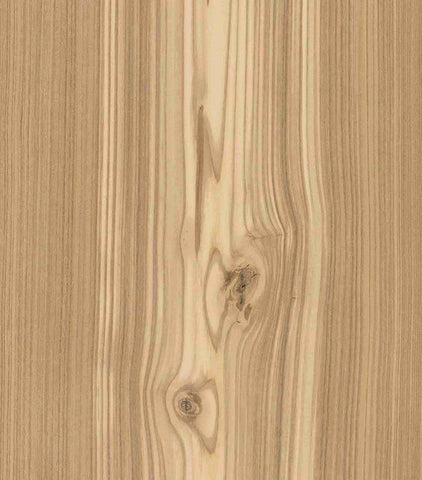Wood has been an essential material in human civilization for thousands of years, providing shelter, fuel, and countless other applications. Beyond its functional qualities, wood also captivates us with its inherent beauty, especially through the intricate patterns found in its grain. Each wood texture possesses a distinct grain pattern, making it a fascinating subject of exploration and appreciation. In this blog post, Exotic Wood Zone delves into the aesthetics of grain, exploring the unique wood patterns found in various wood species.
Understanding wood Grain Patterns
Grain is the arrangement of fibers, cells, and other structural elements within a piece of wood. It is the result of the tree's growth rings, which represent the annual growth cycles. The grain pattern is influenced by factors such as the species of the tree, its age, environmental conditions, and the processing techniques used on a quality wood.
Grain patterns can be broadly categorized into two types: straight grain and figured grain. Straight grain is characterized by fibers running parallel to each other, creating a uniform appearance. This pattern is commonly found in species like maple and pine. On the other hand, figured grain showcases irregular or decorative patterns, making it visually striking and highly sought after for its uniqueness.
Exotic hardwood Species and Their Distinctive Grain Patterns
-
Oak (Quercus spp.): Oak is renowned for its prominent grain pattern. Its grain is often described as straight, open, or coarse, with distinctive rays running perpendicular to the grain lines. This feature, known as ray fleck, adds depth and character to oak furniture and flooring.

- Mahogany (Swietenia spp.): Mahogany is prized for its rich reddish-brown color and beautifully interlocked grain pattern. The interlocking fibers create a mesmerizing ribbon-like effect, giving each piece of mahogany a touch of elegance and sophistication.

- Walnut (Juglans spp.): Walnut is celebrated for its dark, chocolate-brown color and a grain pattern that ranges from straight to wavy. This species often exhibits a striking figure called "burl," which forms irregular, swirling patterns on the exotic woods surface, adding a sense of mystery and uniqueness to walnut furniture and veneers.

- Ash (Fraxinus spp.): Ash wood boasts a pronounced, bold grain pattern with prominent cathedral-like arches. Its grain can range from straight to slightly wavy, offering a dynamic visual appeal. Ash's light color and distinct grain make it a popular choice for contemporary furniture design.

Appreciating the Beauty of Grain
The aesthetics of grain in wood species offer endless opportunities for creativity and artistic expression. Woodworkers, artisans, and designers often celebrate the unique grain patterns by incorporating them into their creations. Here are a few ways to appreciate and showcase the beauty of grain:
- Furniture Design: Craftsmen can highlight the distinct grain patterns of wood species by selecting appropriate cuts and finishes. Bookmatched veneers, where sequential slices of wood are used to create a mirrored pattern, can produce stunning visual effects on tabletops or cabinet fronts.
- Woodturning: Turning a block of wood on a lathe allows woodturners to reveal the hidden beauty of grain in bowls, vases, and other decorative objects. The rotating shape brings out the depth and intricacies of the wood's pattern as it curves and twists.
- Natural Finishes: Utilizing transparent or semi-transparent finishes like oils or lacquers can enhance the natural beauty of wood grain textures while providing protection. These finishes allow the unique patterns to shine through, creating a warm and inviting aesthetic.
Exotic wood species offer an incredible diversity of grain patterns, each with its own story and visual appeal. Exploring and appreciating the aesthetics of grain not only deepens our understanding of the natural world but also inspires us to create remarkable pieces of furniture, art, and design. Whether it's the straight lines of oak, the interlocked ribbons of mahogany, or the swirling burls of walnut, the distinctive grain patterns in wood species continue to captivate our imaginations and elevate the beauty of our surroundings.

